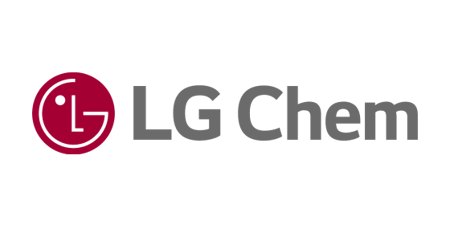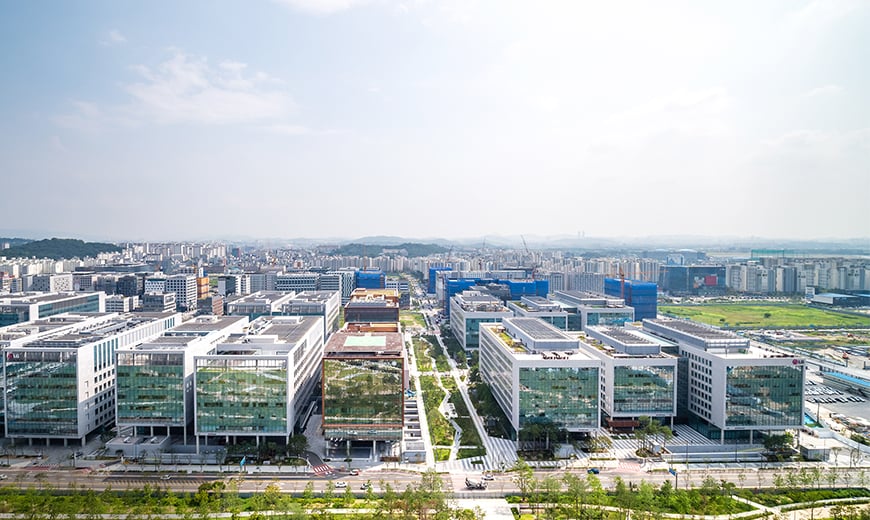
Client:LG Chem
Industry:Manufacturing
AI Cases Applied to LG Chem’s OCR

350
tasks automated since 2019
14,000
total hours saved
70%+
processing time reduced
Client Overview
LG Chem has a business portfolio consisting of petrochemicals, advanced materials, life sciences, and subsidiaries specializing in batteries and others and aims to become one of the top five chemical companies in the world. The Digital Transformation(DX)segment of the company is leading the analysis and modeling of data and deployment of RPA among other activities as part of the company's transition to digital transformation.
LG Chem's battery business unit (prior to its spinoff) maintained a business process where its trading partners had to upload reports prepared by their contractors after calibration of their test equipment. To read the handwritten documents, the unit used UiPath Document Understanding.
Robotic process automation (RPA) has been extensively used for automating manual repetitive work, and when coupled with artificial intelligence (AI), it can transform a wider range of business processes. LG Chem started the deployment of RPA in 2019. Initially, RPA was used to automate, among other things, the collection of information on the global materials market and the preparation of daily reports. Over time, it has expanded its applications to automate over 350 tasks, saving a total of 14,000 hours.
Son Hyeong-gi, a senior researcher involved in AI activities of the DX segment of LG Chem, shared more details about automations powered by RPA & AI:
Document Understanding: From OCR to Deep Learning Although LG Chem had been running RPA reliably since its deployment in 2019, there were some challenges that the existing solution could hardly address.
In 2020, the DX team was given a task of entering data from different types of document images, namely calibration reports, into the system. LG Chem's battery business unit (prior to its spinoff) had a business process where its trading partners had to upload reports prepared by their contractors after calibration of their test equipment. The process was prone to failing in recognizing the documents or human errors because all the documents to be uploaded were hand-written. Also, each contractor had different templates.
At that time, LG Chem was using ABBYY FineReader and FlexiCapture, two optical character recognition (OCR) solutions from ABBYY, to read documents saved as images. Although ABBYY's solutions provided a high recognition score, it took a long time for them to recognize different templates and learn how to process them. Assuming that vendors had 146 different templates for calibration reports, it could take up to 2 to 3 days for the existing OCR solution to recognize one of the templates. It meant that human involvement was still required for the most part, and it would take 14 months or so to finish the recognition if a single person covered all 146 templates.
To address the challenge, the company decided to couple RPA with AI and deep learning technology. Instead of trying to recognize all 146 templates one by one, they used UiPath Document Understanding to learn the documents and build an ML model that would work for the various templates. The model training started with 34 most common document formats, and it eventually came to the point where similar documents were automatically distinguishable from one another after learning 30 to 100 sample documents from each format through deep learning.
Ultimately, Document Understanding allowed data processing of as many as 96 most common templates out of the 146 document types. After the adoption of Document Understanding, the processing time was reduced by more than 70%, to around 4 months instead of 14 months, which it used to take for the same job.
Document Understanding used for a larger volume of documents LG Chem now plans to use Document Understanding for other purposes including processing a larger number of documents. Their logistics department has already adopted Document Understanding and automation for recognition of invoices.
Logistics has to compare invoice images uploaded by its trading partners manually with the values displayed in the portal. Because each trading partner or carrier has multiple templates, the RPA Project Team of LG Chem decided to define the criteria by which the templates should be recognized during data preparation and ensure that as many templates are covered as possible.
The team retrieved invoices from the ERP all at once and classified them into 29 types that will be used for the learning. They accounted for about 60% of all the invoice types. After training the model, approximately 75% could be recognized automatically. They also set up a process for human validation to handle exceptions.
Son noted that employees' interest and engagement are the most important factors in rolling out automation across the company. "We can build an ideal RPA and Document Understanding platform if employees actively participate in collecting sample data and giving feedback during the DX team's data classification and testing," says Son. LG Chem will use Document Understanding more widely to digitize and extract data captured in documents.
One of the advantages of UiPath Document Understanding is its easiness to use. Compared to the existing ABBYY solution for OCR, it is an easy, user-friendly platform that allows any of the team members to use it"
Son Hyeong-gi, Senior Researcher, LG Chem
Related case studies
Ready for your own case study?
Speak to our team of knowledgeable experts and learn how you can benefit from agentic automation.





